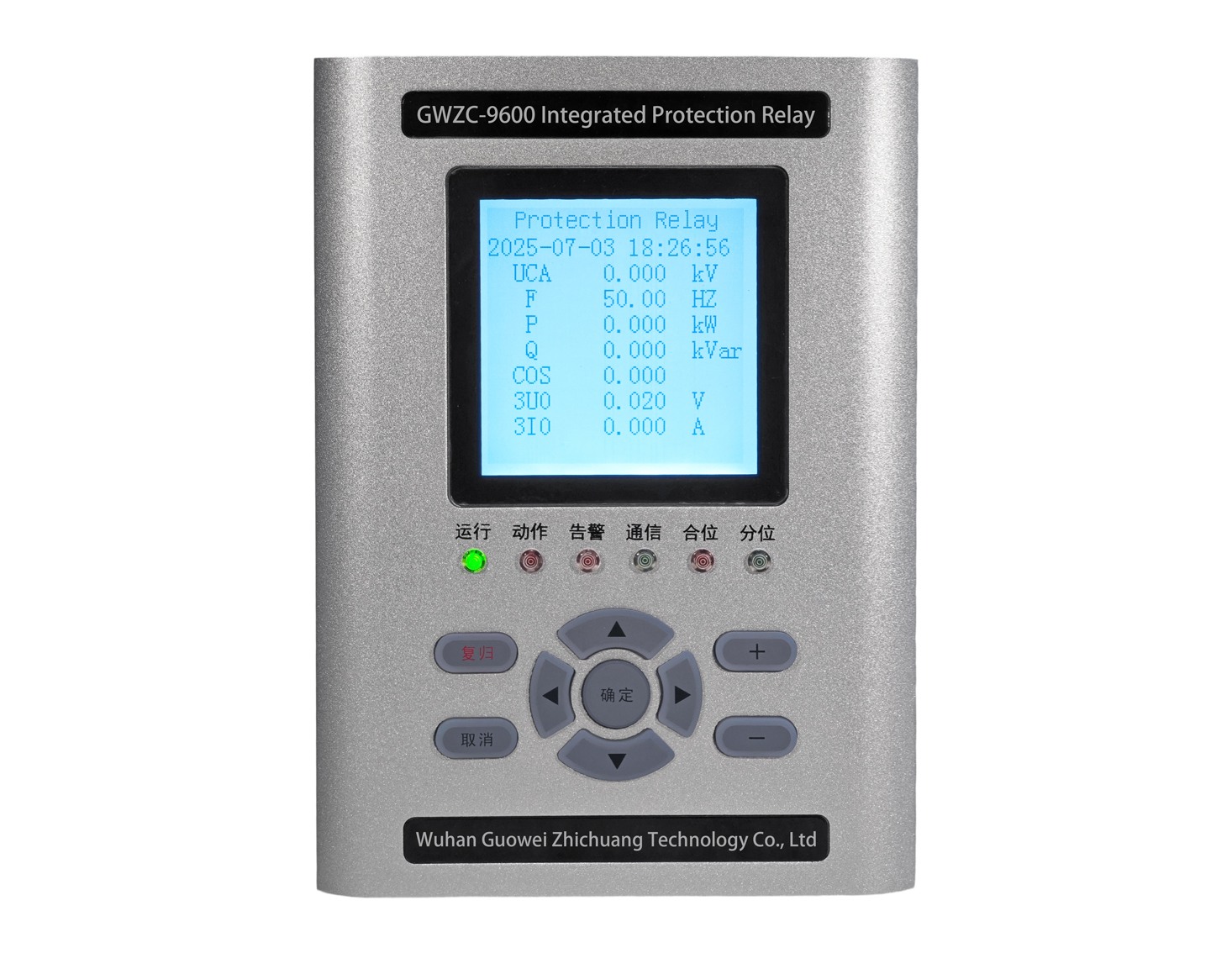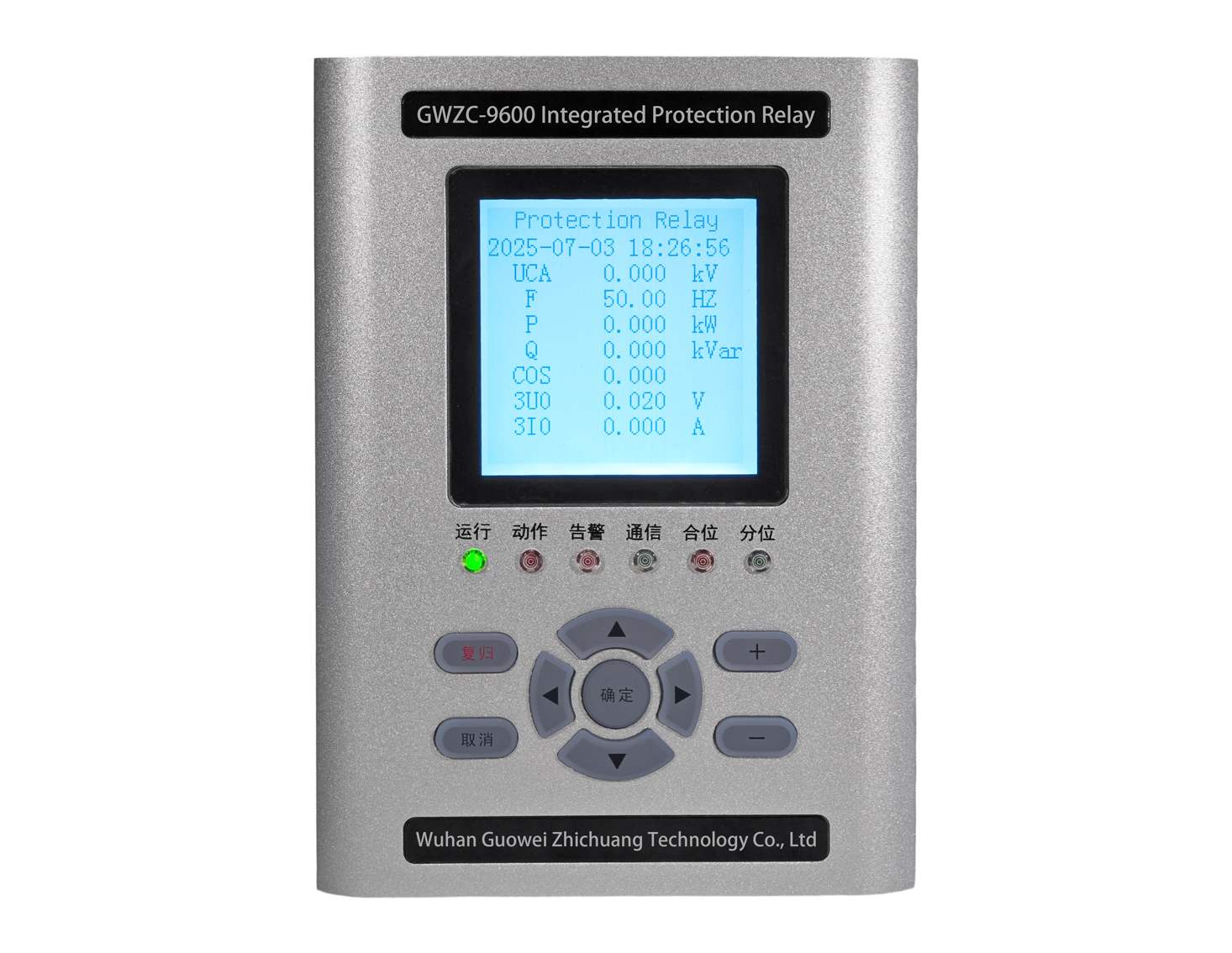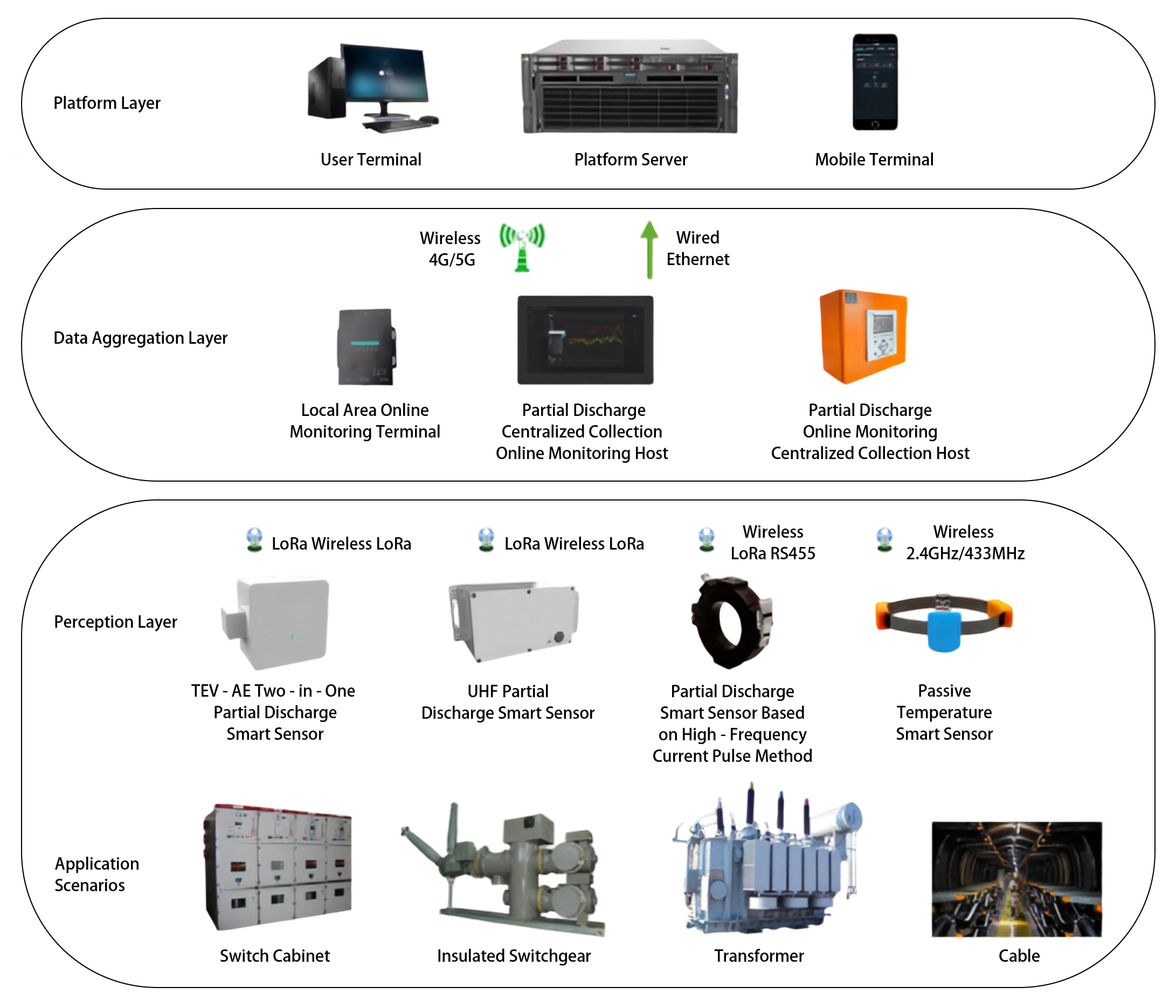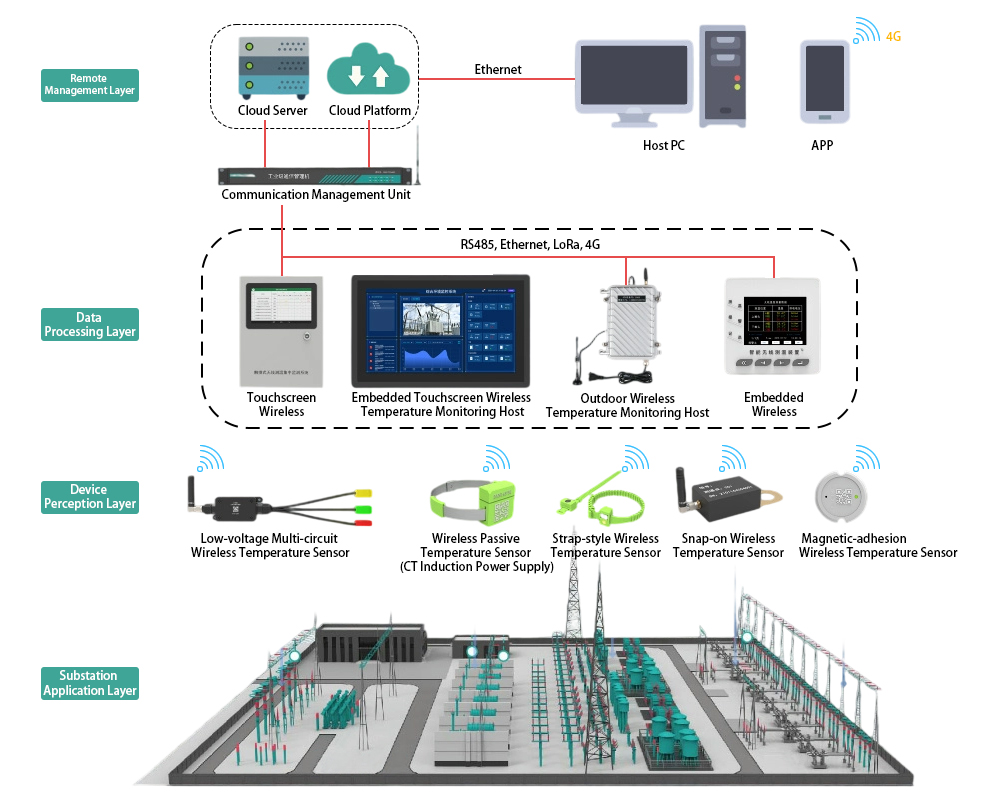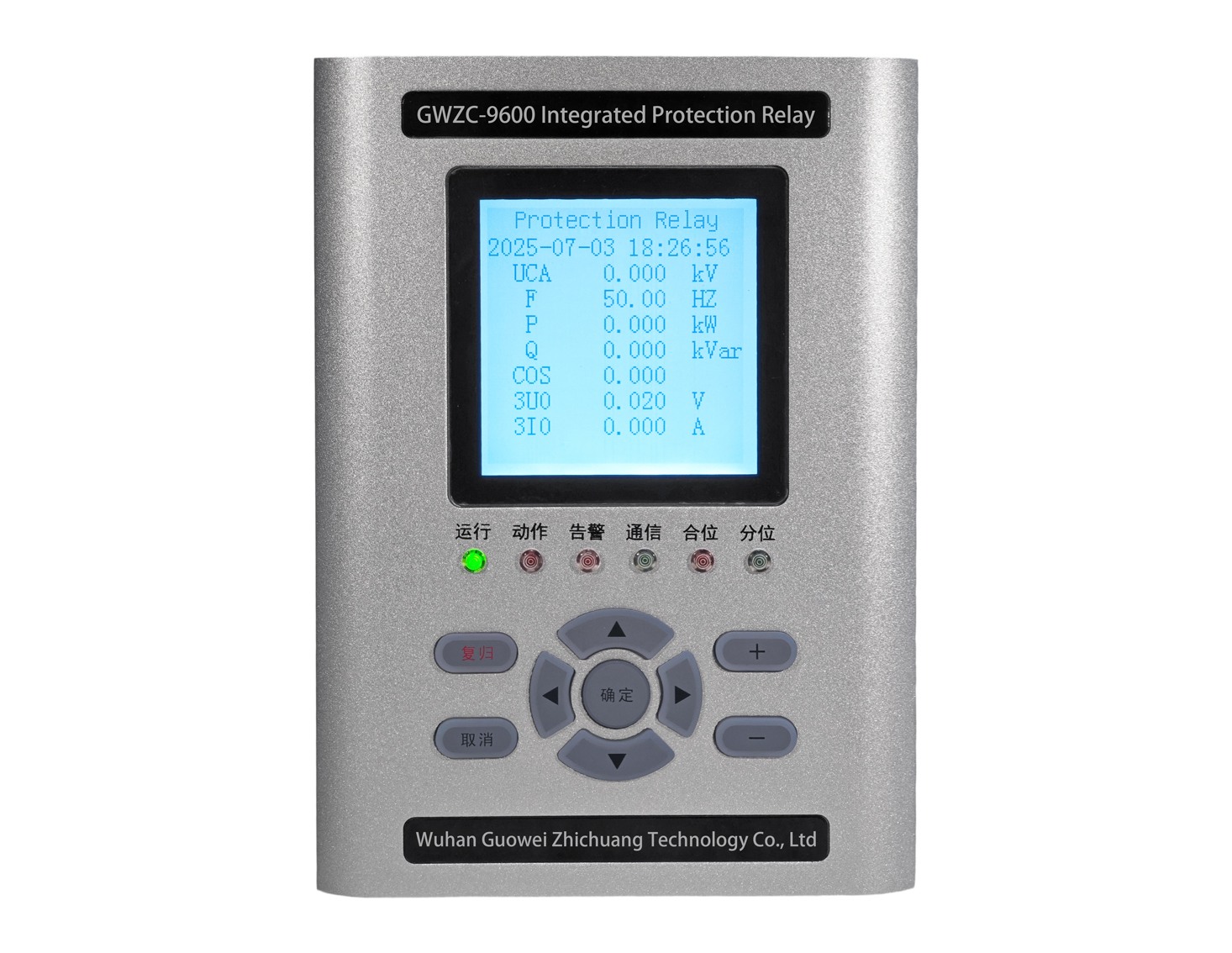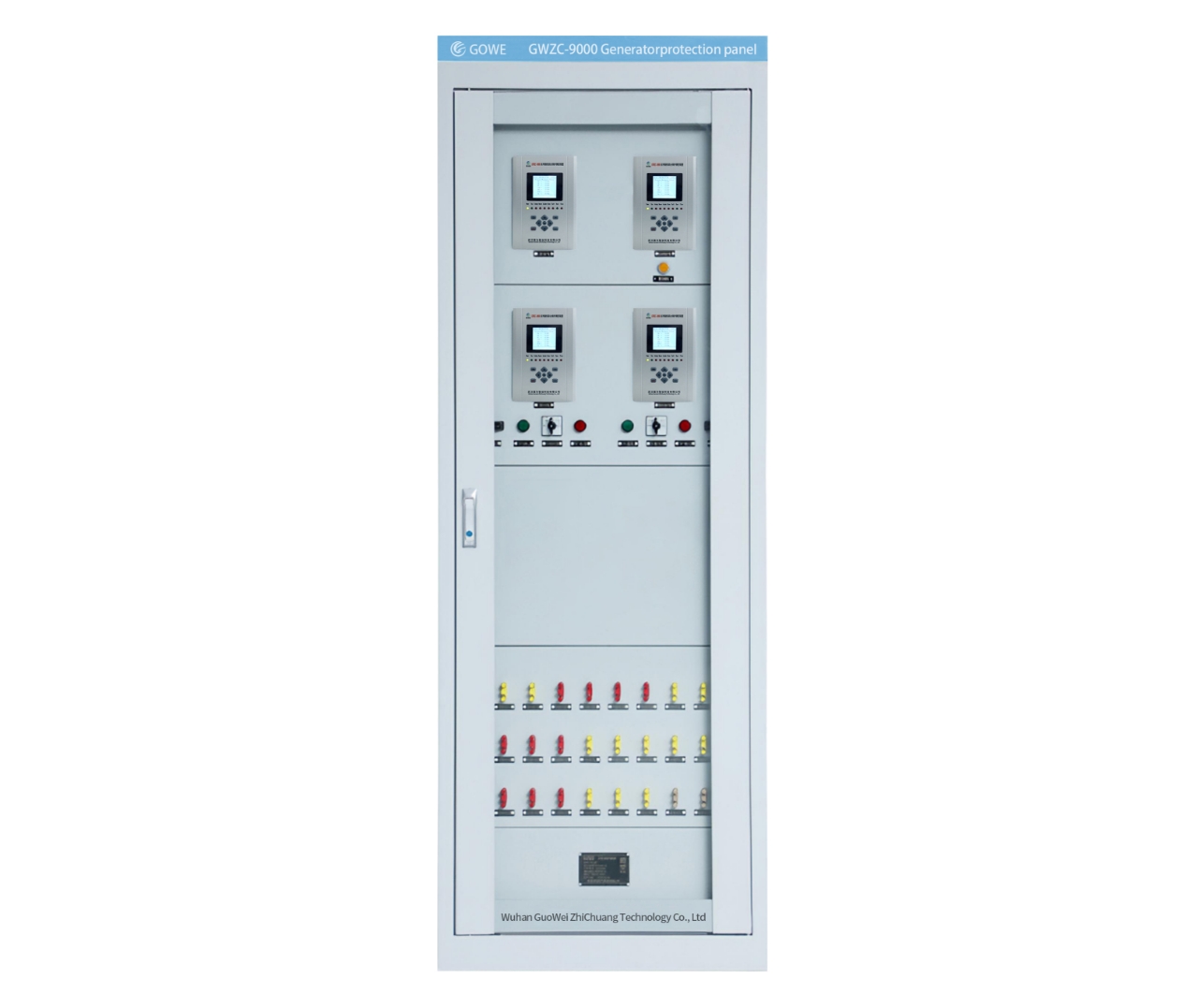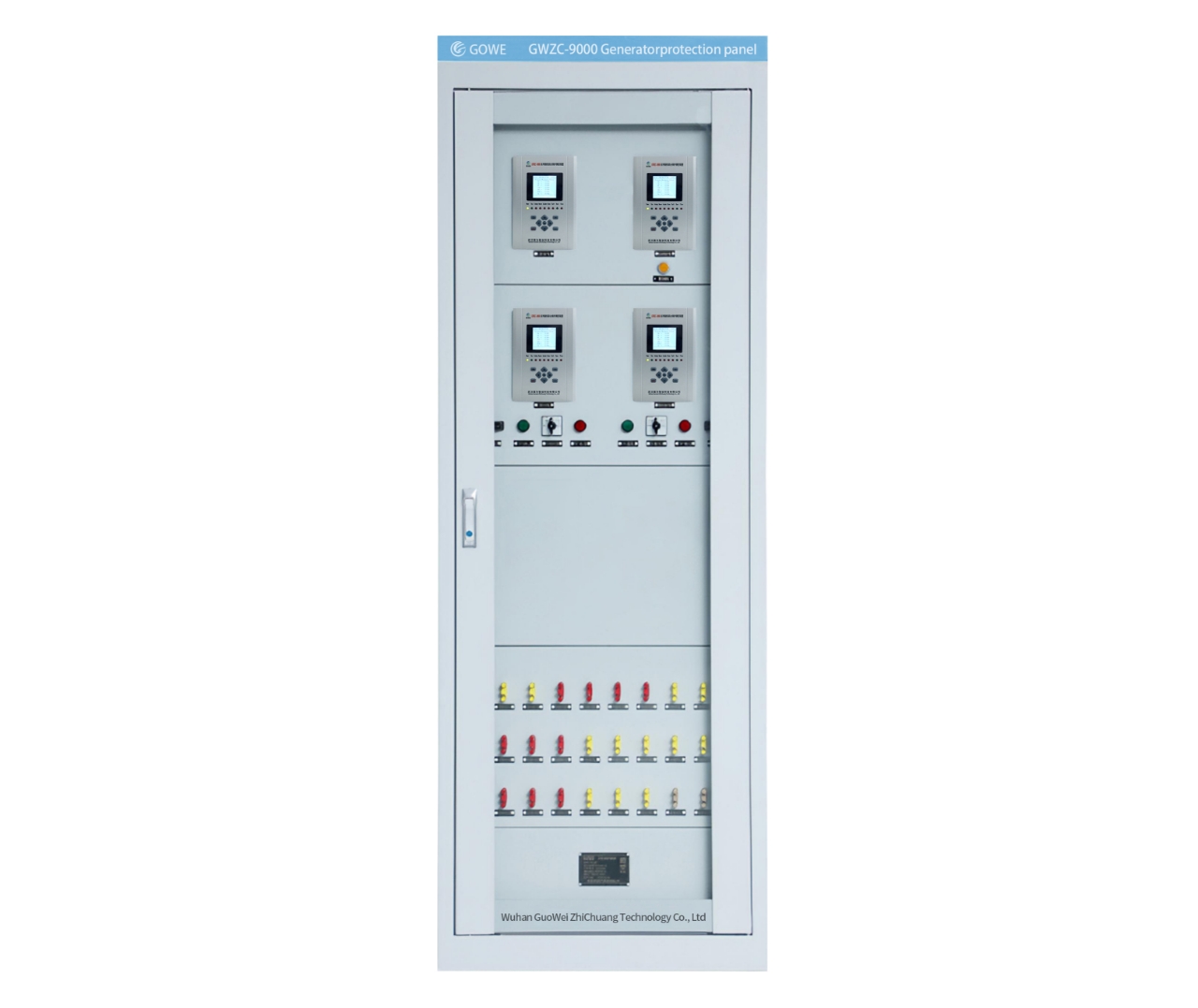
What are the differences between auto-reclosing and three-phase single-shot reclosing in line protection relays? Let’s briefly compare them in terms of functionality and application scenarios.
1. Basic Definitions
Conventional Auto-Reclosing:
Refers to the general function of a circuit breaker automatically attempting to reclose after a fault trip, which may involve single-phase or three-phase reclosing.
The number of reclosing attempts may be single or multiple (e.g., double-shot reclosing).
Three-Phase Single-Shot Auto-Reclosing:
Specifically refers to reclosing all three phases simultaneously only once after a trip. If the fault persists, the system permanently locks out.
Suitable for scenarios requiring simultaneous three-phase interruption, such as three-phase short circuits or ground faults.
2. Key Differences Comparison
| Comparison Item | Conventional Auto-Reclosing | Three-Phase Single-Shot Auto-Reclosing |
| Action Target | May involve single-phase or three-phase reclosing | Only three-phase simultaneous reclosing |
| Reclosing Attempts | May be multiple (e.g., double-shot) | Only one attempt |
| Applicable Fault Types | Transient single-phase ground faults, phase-to-phase short circuits, etc. | Three-phase short circuits, severe unbalanced faults |
| Protection Coordination | Requires coordination with single-phase reclosing logic | Direct three-phase linkage with simpler logic |
| Typical Applications | Distribution networks (10~35kV) | ransmission lines (110kV and above) |
3. Typical Application Scenarios
Conventional Auto-Reclosing:
10kV distribution lines (where single-phase ground faults account for over 70% of cases), single-phase reclosing is prioritized.
Allows multiple reclosing attempts (e.g., fast first attempt, delayed second attempt).
Three-Phase Single-Shot Auto-Reclosing:
110kV and above transmission lines, where three-phase short circuits require rapid interruption.
Only one reclosing attempt to avoid repeated system impacts (e.g., on generators or transformers).
4. Technical Highlights
Flexibility of Conventional Auto-Reclosing:
Configurable for single-phase or three-phase reclosing with adjustable attempts (e.g., 1~3).
Requires voltage check or synchronization check (to prevent out-of-phase closing).
Strictness of Three-Phase Single-Shot Auto-Reclosing:
Mandatory three-phase simultaneous action to avoid risks of open-phase operation.
Reclosing time is typically short (0.5~1s) to minimize outage impact.
5. Selection Recommendations
Prioritize Three-Phase Single-Shot Auto-Reclosing:
High-voltage transmission systems, generator outlet circuits (as required by GB/T 14285-2006).
Prioritize Conventional Auto-Reclosing (Single-Phase/Multiple Attempts):
Distribution networks, distributed generation integration scenarios (recommended by IEEE 1547-2018).
6. Safety Precautions
Three-Phase Single-Shot Auto-Reclosing:
Must be manually disabled during maintenance to prevent accidental operation and equipment damage!
Conventional Auto-Reclosing:
Single-phase reclosing requires monitoring of open-phase conditions to avoid motor overheating!
